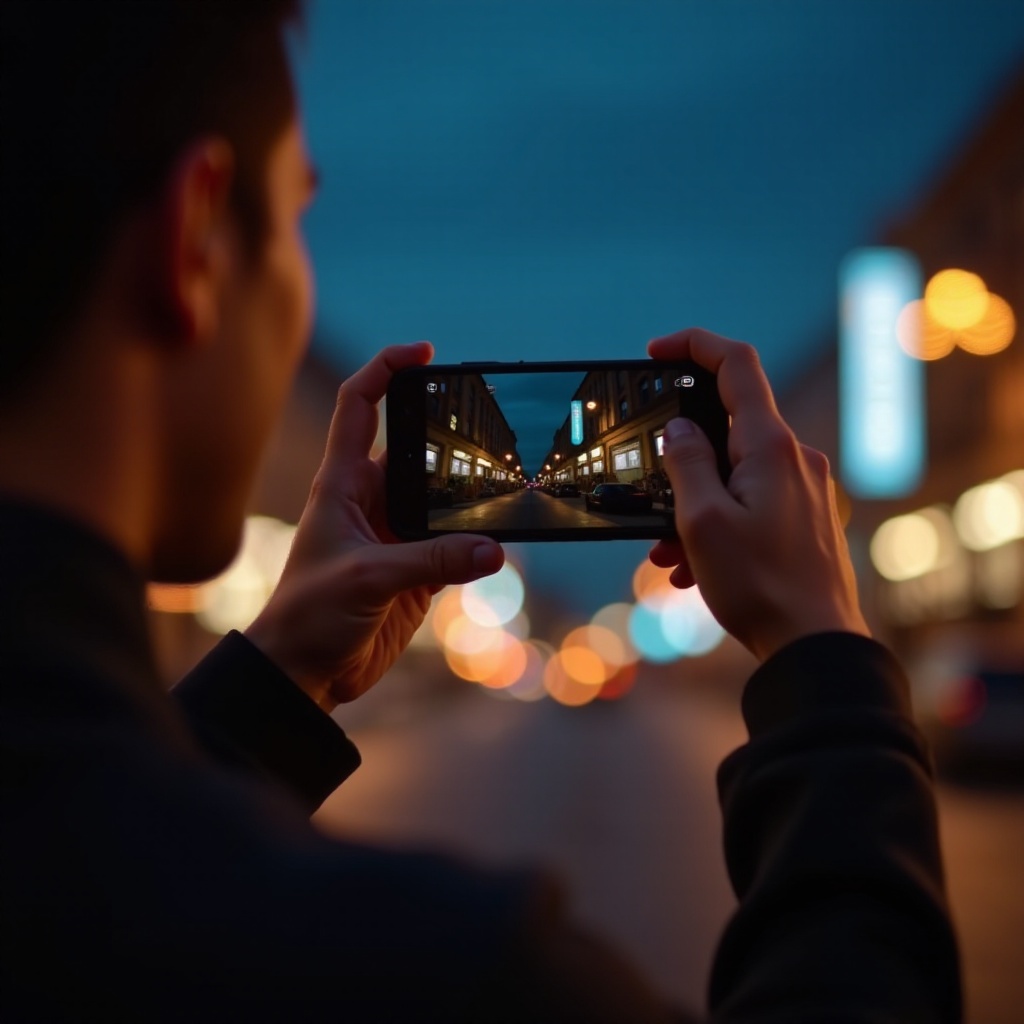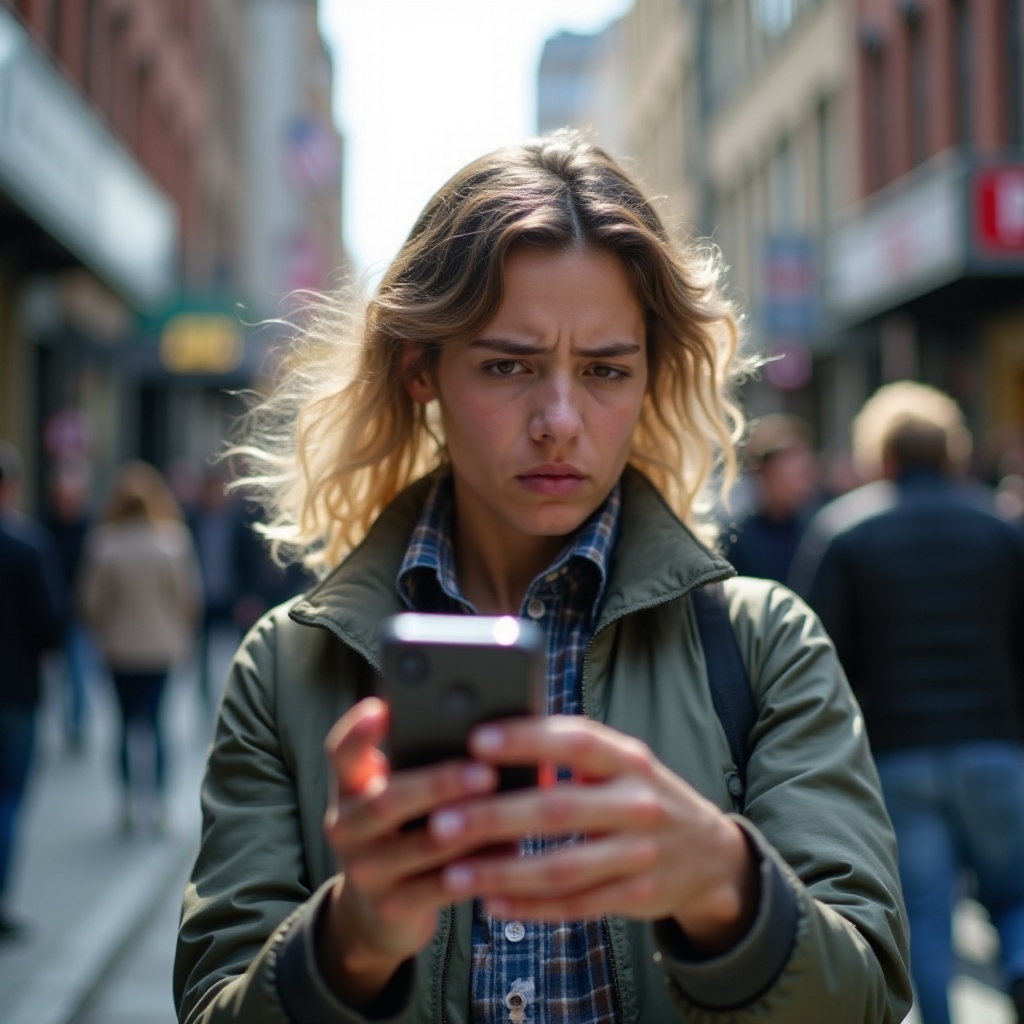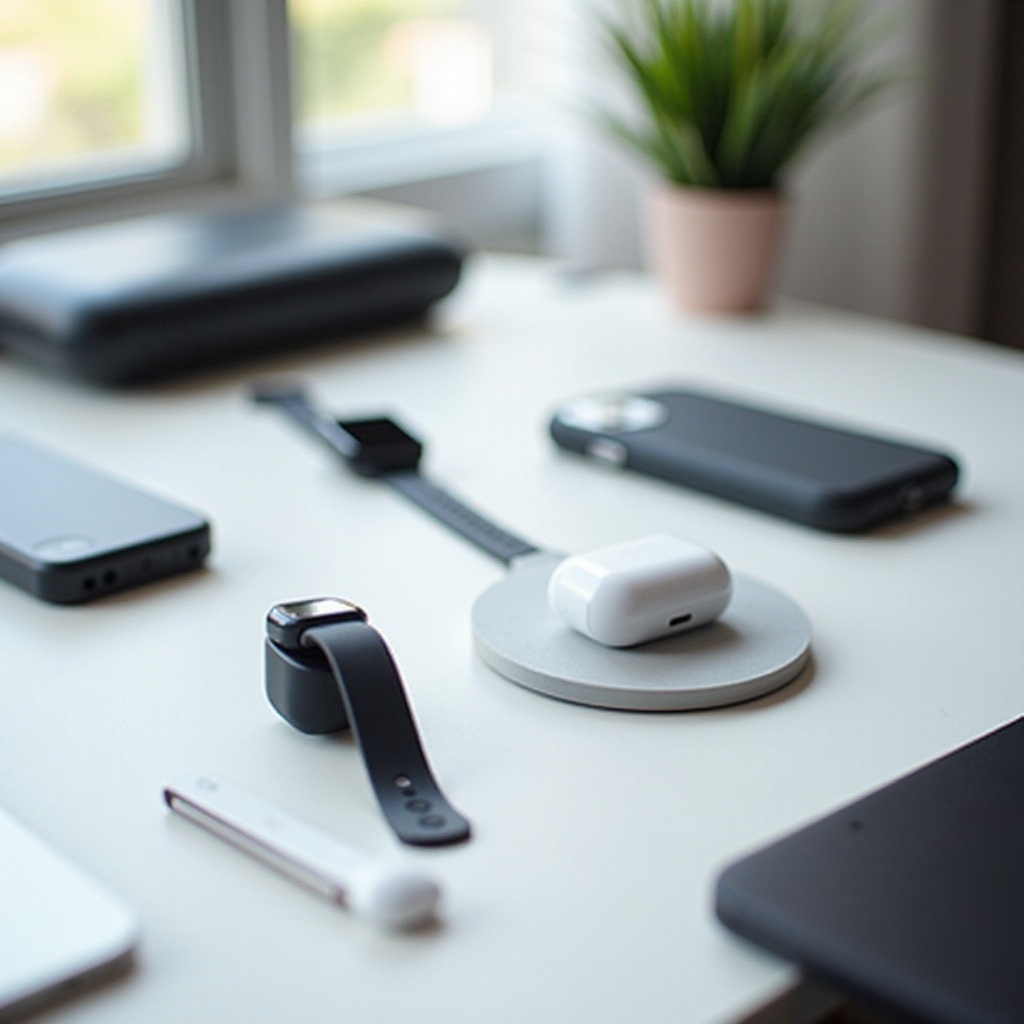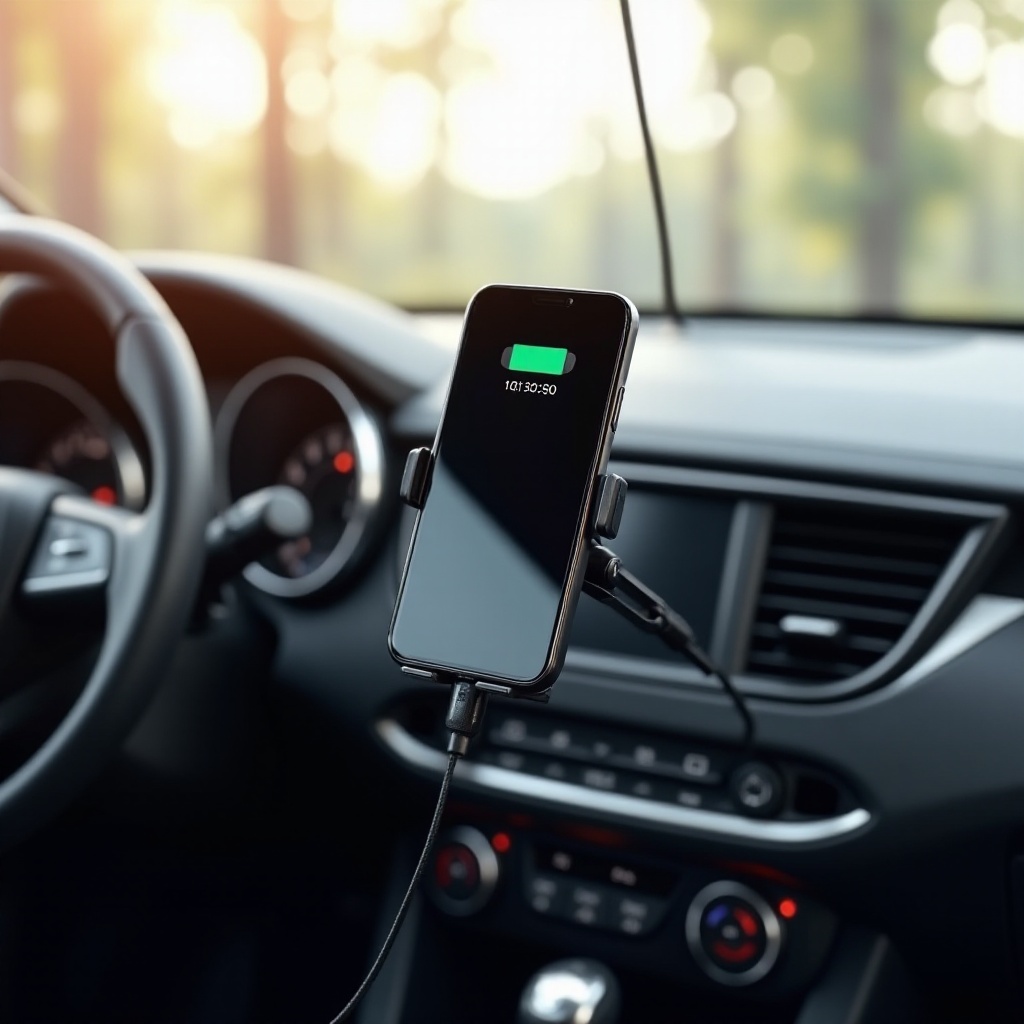Introduction
Long exposure photography can transform everyday scenes into magical, ethereal images by capturing the passage of time. The good news is, you don't need a professional camera to create stunning long exposure photographs. Your iPhone is more than capable of producing these beautiful images with a few tips and tricks. This guide will show you exactly how to do a long exposure on your iPhone, using both the native camera app and third-party apps.
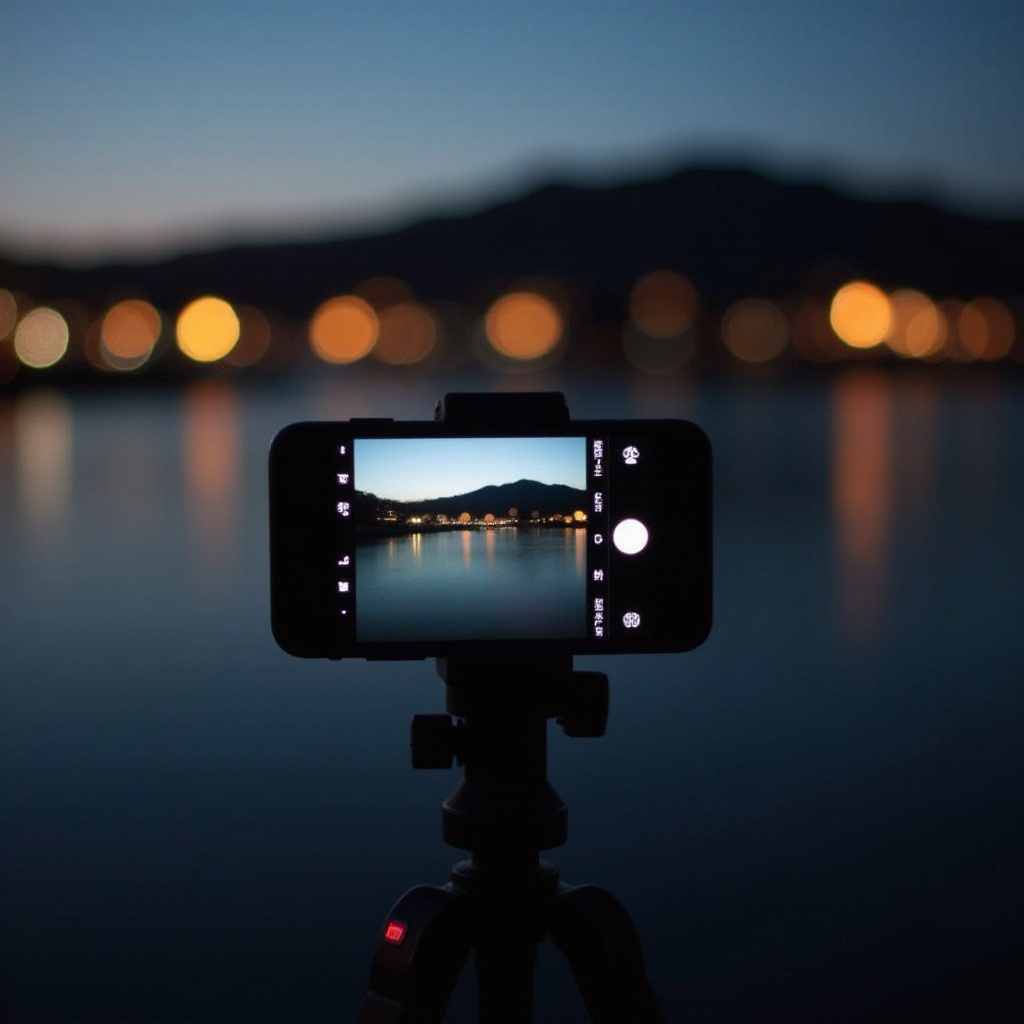
What is Long Exposure Photography?
Long exposure photography involves using a slow shutter speed to capture stationary elements of an image while blurring or smearing the moving elements. This effect creates a sense of motion and drama in photos, which can make water look silky smooth, stars to streak across the sky, and traffic light trails to appear mesmerizing.
Simply put, long exposure photography extends the length of time a camera's shutter remains open, capturing more of the scene over a longer period. This technique is particularly effective for night photography, landscapes, and any scenario where movement is a key component of the image.
Why Use an iPhone for Long Exposure Photography?
iPhones have come a long way in terms of camera capabilities. Modern iPhone models are equipped with high-quality sensors and software that can produce excellent long exposure photos. The convenience of having a powerful camera in your pocket means that you can capture stunning images anytime, anywhere, without needing a bulky DSLR setup.
Another advantage is the availability of numerous apps designed to help you achieve long exposure effects easily. These apps offer various features and settings that make the process more intuitive. With an iPhone, you can enjoy both flexibility and portability while exploring the creative possibilities of long exposure photography.
Equipment and Apps You'll Need
Before diving into the steps, let's gather the necessary tools and apps to ensure you get the best results.
Recommended iPhone Models
While most modern iPhones can handle long exposure photography, models from the iPhone 7 onwards offer better sensors and camera capabilities. For optimal results, the latest iPhones like the iPhone 13, iPhone 14, and iPhone 15 Pro are particularly well-suited for this technique.
Essential Apps for Long Exposure
To achieve long exposure effects, you'll need specialized apps that offer extended shutter speeds and other useful features. Here are some popular choices:1. Slow Shutter Cam: This app is highly regarded for its ease of use and powerful features, including motion blur and light trail modes.2. Spectre Camera: Developed by the makers of Halide, Spectre uses AI to help create stunning long exposure shots and offers intuitive controls.3. ProCamera: A versatile app that offers manual controls, including extended shutter speeds for long exposure.
Must-Have Accessories
To keep your iPhone steady during long exposure shots, a tripod is essential. Even slight movements can ruin your photo, so stabilizing your device is crucial. Consider investing in a small, portable tripod that you can carry with you easily. A remote shutter release or using a timer can also help minimize shake when taking the shot.
Preparing Your Shot
Now that you have the necessary equipment and apps, it's time to set up your shot. Proper preparation is key to achieving the best results.
Choosing the Right Scene
Selecting the right scene is important for long exposure photography. Ideal subjects include flowing water, busy streets, starry skies, and nighttime cityscapes. Look for scenes with movement that can be captured over time to create a dynamic composition.
Planning the Timing and Lighting
Timing and lighting play crucial roles. For daytime long exposures, you may need a neutral density (ND) filter to reduce the amount of light entering the camera, allowing for a slower shutter speed. Early mornings, late afternoons, or cloudy days provide softer light that's perfect for long exposures. At night, the reduced light naturally allows for longer exposures without overexposure.
Setting Up Your Equipment
Once you've chosen your scene and planned your timing, set up your iPhone on the tripod. Make sure it's stable and frame your shot. Open the app you'll be using for the long exposure and adjust the settings as needed.
Steps to Achieve Long Exposure on iPhone
With everything set up, let's walk through the steps to capture a long exposure image on your iPhone.
Using the Native Camera App
- Live Photos: Open the Camera app and switch to 'Live' mode. Ensure you have enough light and hold your hand steady while taking the photo.
- Edit: Go to Photos, select your live photo, and swipe up to see the 'Effects' section.
- Apply Effect: Choose 'Long Exposure' to blend the frames and create the long exposure effect.
Using Third-Party Apps
- Open App: Open apps like Slow Shutter Cam or Spectre. Allow necessary permissions for the app to access your camera.
- Select Mode: Choose the appropriate mode (e.g., Motion Blur, Light Trails).
- Adjust Settings: Set the shutter speed and other settings according to the desired effect.
- Capture: Tap the shutter button and hold your iPhone steady until the app finishes capturing the image.
Manual Settings and Adjustments
If your chosen app offers manual controls, experiment with the shutter speed, ISO, and focus settings. Adjusting these parameters can help you achieve the desired effect depending on the scene and lighting conditions.
Editing and Enhancing Your Photos
After capturing your long exposure shots, the next step is editing them to enhance their quality.
Basic Edits with iPhone Photo App
The built-in Photos app offers basic editing tools that can improve your long exposure images. You can adjust brightness, contrast, and saturation to make your photos pop. Cropping and straightening tools can help refine composition.
Advanced Editing Apps
For more detailed edits, consider using apps like Lightroom or Snapseed. These apps offer advanced features like selective adjustments, gradient filters, and noise reduction, giving you greater control over the final look of your images.
Tips for Bringing Out the Best in Your Long Exposures
- Enhance Motion: Increase contrast and clarity to highlight movement in your photos.
- Reduce Noise: Use noise reduction tools to smooth out grainy areas, especially in low-light shots.
- Experiment with Color: Adjust the color balance to create a mood that complements the long exposure effect.
Common Mistakes and How to Avoid Them
Even with careful preparation, long exposure photography can have its challenges. Here are some common mistakes and how to avoid them.
Blurry Images
Blurriness is often caused by camera shake. Ensure your tripod is stable and use a remote shutter or timer to minimize movement.
Overexposure or Underexposure
Balancing light is essential. Use ND filters for bright scenes and adjust shutter speeds appropriately to avoid overexposed or underexposed images.
Moving Objects in the Frame
Unwanted moving objects can ruin your composition. Plan your shot to avoid unpredictable elements, or take multiple shots and choose the best one.

Creative Long Exposure Techniques
Long exposure photography offers endless creative possibilities. Here are some techniques to try.
Light Trails and Light Painting
Capture the enchanting trails of car lights or use a flashlight to 'paint' light into your scene, creating unique patterns and shapes.
Capturing Motion and Movement
Scenes with flowing water, like rivers or waterfalls, look surreal and dreamy when captured with long exposure.
Combining Multiple Exposures
Some apps allow you to combine multiple exposures into a single image. This technique can create layered effects and increase the dynamic range of your photo.
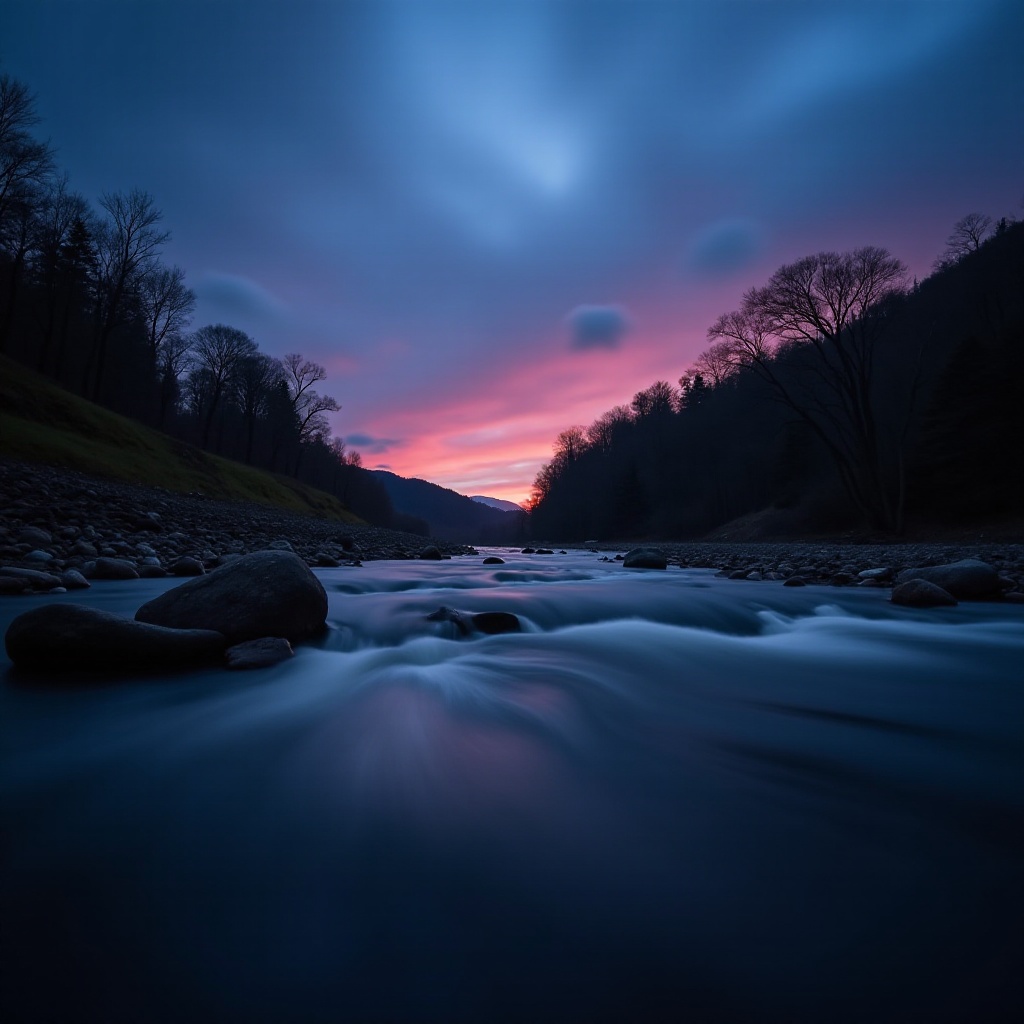
Conclusion
Long exposure photography with an iPhone is both exciting and rewarding. With the right tools and techniques, you can capture stunning images that showcase the beauty of movement and time. So grab your iPhone, follow these steps, and start creating your own long exposure masterpieces today.
Frequently Asked Questions
Can any iPhone do long exposure?
Yes, most modern iPhones can perform long exposures, especially models from iPhone 7 onward. Using specialized apps can enhance the capabilities for older models.
How do I reduce noise in long exposure photos?
To reduce noise, use noise reduction tools during editing. Apps like Lightroom and Snapseed offer effective noise reduction features.
What are the best conditions for long exposure photography?
The best conditions include low-light scenarios like dawn, dusk, or nighttime. Cloudy days also work well, and using ND filters can help during bright conditions.
